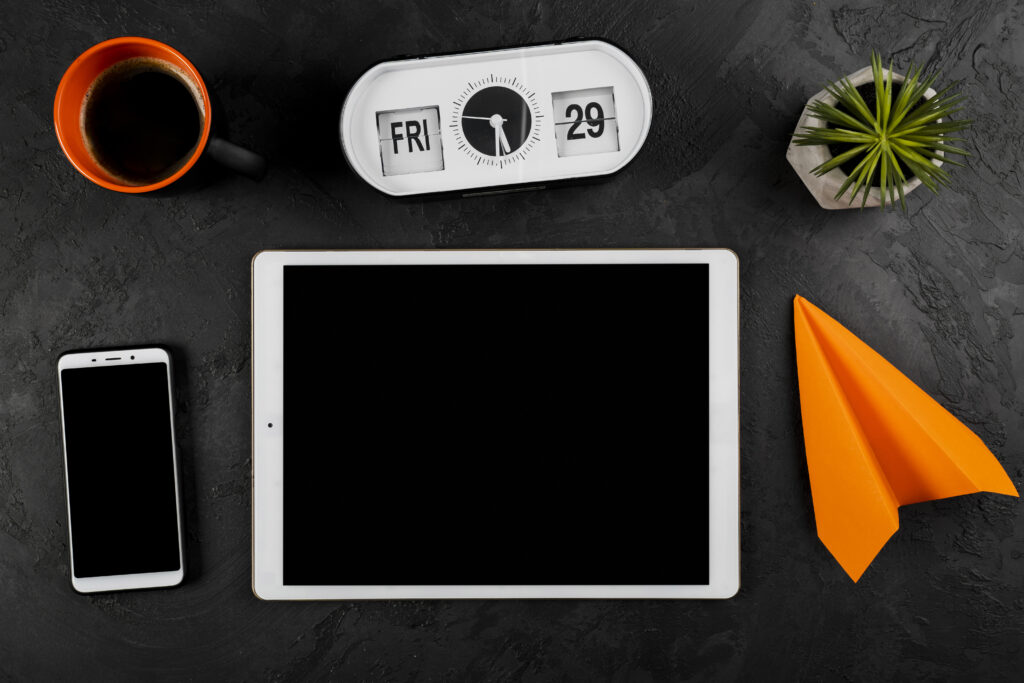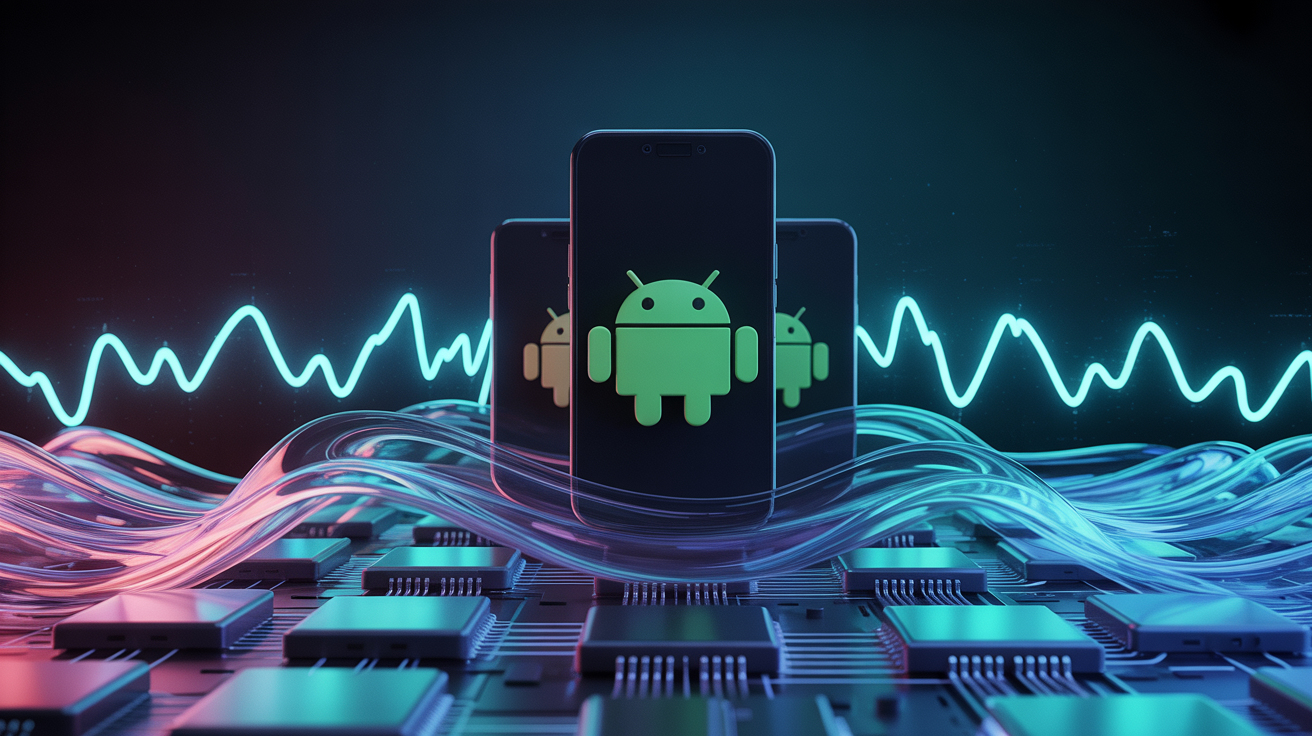As much as engineers learn from books and executives learn at business school, the best education happens on the job, working with people who have been doing that job for years. Sometimes the lessons cover niche topics which simply don’t fit in textbooks or industries change over time and the textbooks haven’t caught up.

Each custom Android hardware development, or any custom product development, comes with new challenges to overcome as no two projects are the same. That being said, all product development shares a common set of principles. The speed of product development is a major consideration, and rightfully so, in the success of a project. Time is money and there may be other companies trying to create a competing product before you do. The risk with moving fast is oversights happen more easily that way. This is where deploying the right development principles comes into play.
One of those principles is identifying problems or unknowns as quickly as possible. The further along a development project appears, if there’s a hidden problem that usually means it will take that much more time and cost to rewind the development.
Let’s say a component, like the screen, in a custom Android tablet was chosen incorrectly. For example, it’s not compatible with the CPU or its performance doesn’t meet the customer’s requirements. When this is figured out in the first working prototype, the case has already been designed, the mechanical engineering is finished, the PCBA is done, and drivers optimized. Now it’s time to go looking for a new screen. The second time around, the engineers spend more time on due diligence. The right screen is identified, but it has slightly different dimensions than the original screen and its power consumption is also different. Well, this means engineers need to redo the mechanical engineering, PCBA layout, possibly the case design, and make a new prototype. Finding and approving the screen will take 2-4 weeks. From that point it takes another 2 months worth of work to get back to a new working sample, the point where the problem was identified.

How to avoid that kind of problem? Firstly, if screen performance is an essential requirement of the custom Android tablet, then before even starting on the development the right screen should be chosen. An easy way to do this is to evaluate samples of other, existing, Android tablets using potential screens. Then use the same CPU (if possible) that’s used in the approved screen sample to ensure compatibility. If there are reasons to use a different CPU, review the CPU’s data sheet to make sure the chosen screen is compatible with it, and then test just to be sure.
This leads to the 3 insider tips for custom Android tablet development.
- During the initial debugging process of the first working prototype, use the final charging solution (adapter, cable, and plug) that the finished product will use. That ensures the product will behave properly when connected to its actual charger, rather than one that the engineers happened to have on hand during the debugging process. Checking that other chargers, with different specs, also work, is good practice as well. Sometimes we focus so much on the device itself peripheral components get forgotten about. Other than the charger, Bluetooth devices are other external devices worth actively checking due to their prevalence.
- A risk is much easier to manage when it’s known. Sometimes addressing that risk doesn’t need to slow down product development. With the cost of prototyping continuously decreasing and options increasing (more on this below), it’s sometimes worth moving forward with a prototype, knowing that it could or will have a problem. There are so many things to gain from evaluating a prototype that getting it done, in spite of a potential problem, will save more money and time than waiting to resolve the problem first. With some kinds of custom Android tablet working prototypes costing less than $500 USD, in almost all scenarios, the daily salaries of people working on a custom Android project far exceed this amount. From this perspective it’s better to make the prototype, while working to resolve the problem (potential or not) so that the prototype can start to get analyzed more quickly. In the end the time savings more than compensates for having to do another prototype, especially as it’s likely to find unanticipated problems or things to change in the initial prototype.
- One of the recent evolutions in custom Android tablet development is that 3D printing using filament (FDM) is now good enough to use in a working sample. Traditionally working samples were made using SLA or CNC cases. FDM is significantly less expensive and faster to produce. Getting samples made cheaper, earlier, and faster in the development process allows companies to take more manageable risks, iterate faster, and evaluate more options before going into mass production. Before going into mass production, it’s still recommended to make a final prototype using a CNC case as the precision and finish will be closest to the mass production product.
If you have any questions about getting a custom Android tablet made, reach out to Hatch. Just please note that we only do product development and prototyping for clients who place a mass production order.


